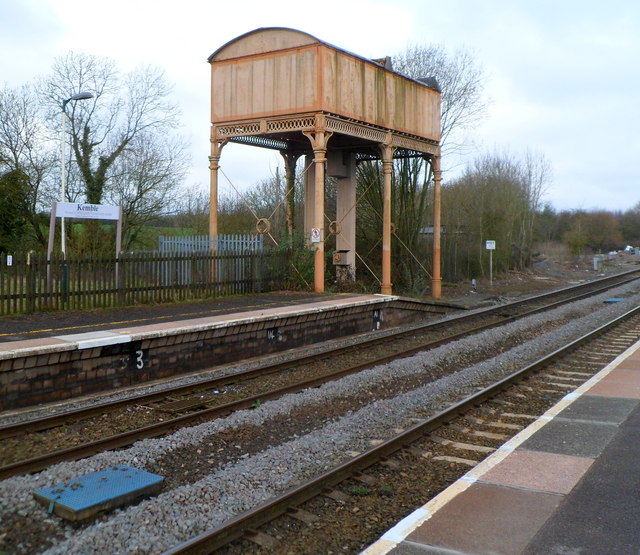My obsession is kicking into full gear. I am finding it very difficult to find out any information on why a tank would be square. Came across a picture which is nothing more than someones drawing but it got me thinking further. Its nothing more than an open top (I assume) round wood tank with a square roof over it.
Now knowing my railroad was cheap and was built in a big rush, I can see a couple more plausible ideas for its design. It would be far easier to build a round open top tank and then put a square or rectangular roof on it. Way easier and faster to build a square roof than a round (octagonal) one. And then by making a rectangular platform and roof and enclosing it, but still having a open top wood tank inside it, then a wood stove would keep the water from freezing.
I am thinking simple construction with the added benefit of being able to heat the tank.
il_fullxfull.4159433021_cj23.avif (80.2 KB)













